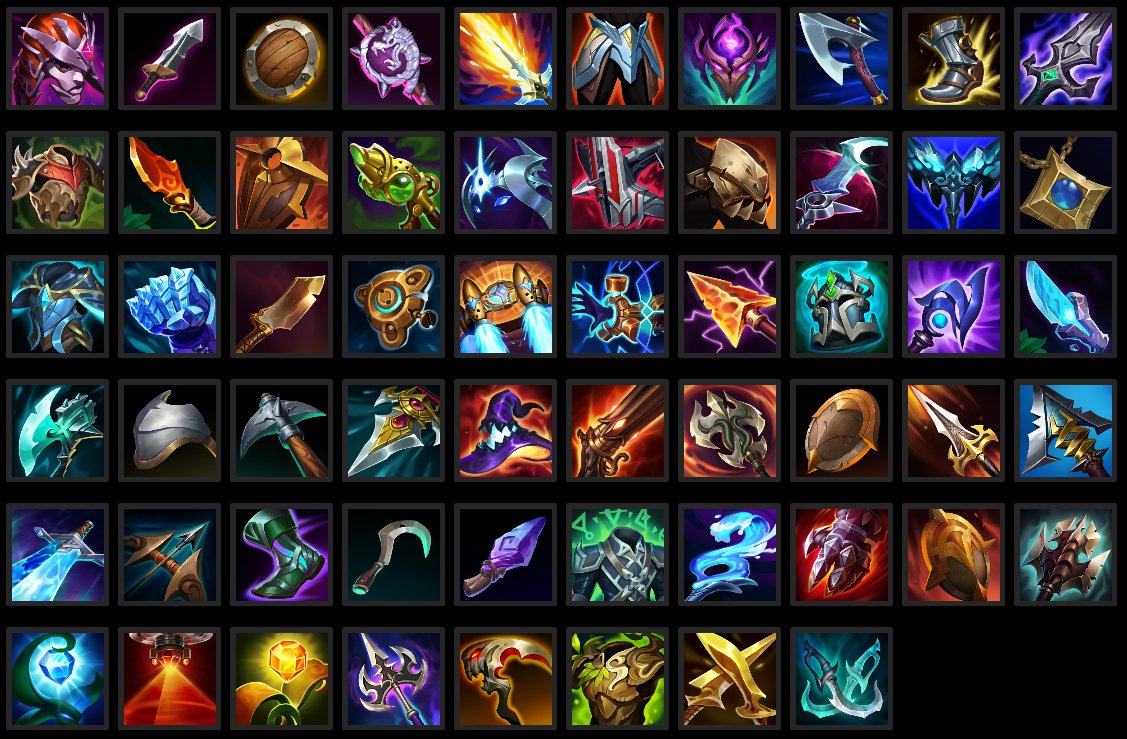League of Legends, with its vast array of champions and items, offers players the opportunity to tailor their builds to match their playstyles and the needs of their teams. The decision of which skills to purchase from the in-game shop is crucial for achieving success on the Rift. In this article, we’ll explore the strategic considerations behind buying skills and offer insights into maximizing your champion’s potential.
**1. Understanding Champion Kits: Before delving into the shop, it’s essential to understand your champion’s abilities. Each skill synergizes with others, and understanding the strengths and weaknesses of your champion’s kit is the foundation for making informed purchasing decisions.
**2. Adaptability with Boots: Boots provide essential mobility, allowing champions to navigate the map efficiently. Consider the specific needs of your champion and the overall game dynamics when choosing between various boot options like Ninja Tabi, Mercury’s Treads, or Sorcerer’s Shoes.
**3. Core Damage Items: Every champion benefits from core damage items that amplify their strengths. For AD (Attack Damage) champions, items like Infinity Edge or Eclipse may be crucial, while AP (Ability Power) champions might prioritize Luden’s Tempest or Liandry’s Anguish.
**4. Defensive Items: Survivability is key in team fights. Adaptive Helm, Guardian Angel, and Zhonya’s Hourglass are examples of defensive items that can turn the tide of battle. Tailor your defensive items to counter the main threats on the enemy team.
**5. Warding Tools: Vision is a powerful tool in League of Legends. Invest in control wards and sweeper trinkets to deny enemy vision and secure objectives. Proper vision control can be the difference between a successful ambush and a disastrous team fight.
**6. Lifesteal and Sustain: For champions reliant on basic attacks, lifesteal items like Blade of the Ruined King or Bloodthirster can provide sustainability in prolonged engagements. Spellvamp items like Hextech Rocketbelt cater to champions reliant on abilities for sustain.
**7. Active Items: Some items provide active effects that can turn the tide of battle. Items like Zhonya’s Hourglass, Quicksilver Sash, or Hextech Rocketbelt offer additional tools to outplay opponents.
**8. Adjusting to the Game Flow: League of Legends is dynamic, and no game is the same. Adapt your item build based on the evolving circumstances of each match. If the enemy team is stacking armor, consider purchasing armor penetration items. Likewise, prioritize magic penetration against heavy magic resist.
In the ever-evolving landscape of League of Legends, the ability to make informed decisions in the in-game shop is a skill that separates the good from the great. By understanding your champion’s strengths, adapting to the game’s flow, and making strategic item purchases, you’ll be well on your way to maximizing your champion’s potential on the Rift.
In League of Legends, the types of items a champion should buy depend on several factors, including the champion’s role, abilities, and the state of the game. Here’s a general guide to the types of items champions might consider:
**1. Starting Items:
- At the beginning of the game, champions typically start with a Doran’s item or a basic support item, depending on their role.
- Examples: Doran’s Blade for AD champions, Doran’s Ring for AP champions, Doran’s Shield for tanks, and Spellthief’s Edge for support champions.
**2. Core Damage Items:
- AD champions often prioritize items that increase attack damage, attack speed, or critical strike chance.
- Examples: Infinity Edge, Essence Reaver, Blade of the Ruined King.
- AP champions focus on items that provide ability power, mana, and cooldown reduction.
- Examples: Luden’s Tempest, Liandry’s Anguish, Hextech Rocketbelt.
**3. Defensive Items:
- Building defensive items is crucial to survive in team fights.
- Examples: Guardian Angel, Sterak’s Gage, Randuin’s Omen for armor; Spirit Visage, Banshee’s Veil, Adaptive Helm for magic resist.
**4. Boots:
- Boots offer movement speed and often come with unique effects to counter specific threats.
- Examples: Mercury’s Treads for crowd control reduction, Ninja Tabi for reduced basic attack damage, Sorcerer’s Shoes for increased magic penetration.
**5. Vision and Control:
- Control wards and sweeper trinkets help with vision control, denying enemy vision and securing objectives.
**6. Lifesteal and Sustain:
- AD champions who rely on basic attacks benefit from lifesteal items.
- Examples: Bloodthirster, Blade of the Ruined King.
- Spellvamp items can provide sustain for AP champions.
- Examples: Hextech Rocketbelt, Riftmaker.
**7. Active Items:
- Some items have active abilities that can be crucial in fights or for escapes.
- Examples: Zhonya’s Hourglass, Quicksilver Sash, Hextech Rocketbelt.
**8. Armor Penetration/Magic Penetration:
- To deal with tanks or opponents stacking resistances, champions may need items that provide armor or magic penetration.
- Examples: Lord Dominik’s Regards, Void Staff.
**9. Adapt to the Game:
- Adjust your item build based on the specific circumstances of each match. If the enemy team has a lot of healing, consider Grievous Wounds items. If they have high burst damage, consider defensive items earlier.
Remember that the optimal item build can vary from game to game, and it’s essential to adapt based on the enemy team composition, your team’s needs, and how well you’re performing in the match. Experimenting with different item combinations and staying informed about balance changes can help you make better itemization choices in League of Legends.
